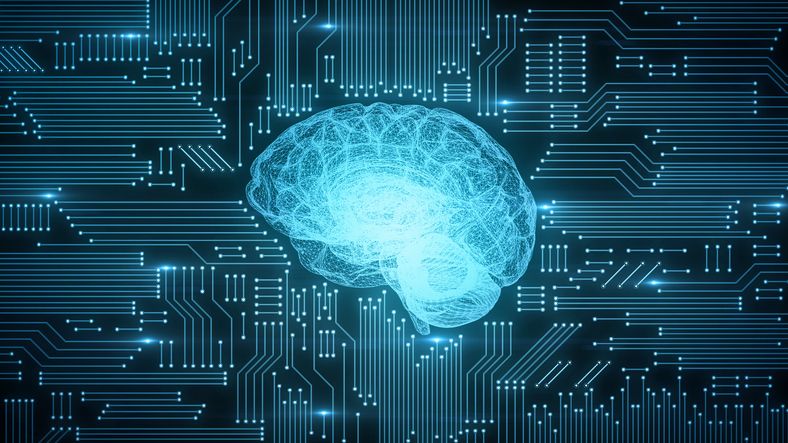Machine learning is predominant within Artificial Intelligence (AI) techniques, highlights an analysis published by the European Parliament.
According to a study by the World Intellectual Property Organization (WIPO), 89% of all patent applications mention this AI technique and 40% of all AI-related patents are based on machine learning.
Within machine learning, the specific techniques that are currently revolutionizing AI are deep learning and neural networks.
Also the analysis shows that the leaders in AI patents in different areas related to AI are Japan, the United States and China.
While Japan filed the first AI patents, China has led the world in the number of first patent applications since 2014, followed by the United States.
Together, these three patent offices represent 78% of all patent applications in this area of technology.
Machine learning
The amount of numerical information (data) grows in parallel with the digitization of social and economic activities.
Thus, the ever-increasing amount of data has taken over the term big data, which refers to high-volume, high-speed, and wide-variety information assets1 that are too large and complex to be effectively stored or processed using traditional methods.
Along with the amount of data, the methods for processing it have evolved, supported by growth in computing capacity, leading to changes in data storage and archiving requirements.
The available data, technological advances and new methods also made it possible to materialize the field of artificial intelligence and machine learning.
Big data is seen as the “new oil” for AI.
Number of first fillings by patent office
The main advantage of using AI and machine learning is that you can analyze large amounts of data in a short time and can allow users to detect anomalies more quickly and accurately, make predictions and / or find meaning in large volumes of data.
For example, network monitoring systems equipped with machine learning can correlate events and segment data to identify unexpected situations and correct those that could compromise network performance, all before an outage occurs.
![]()

